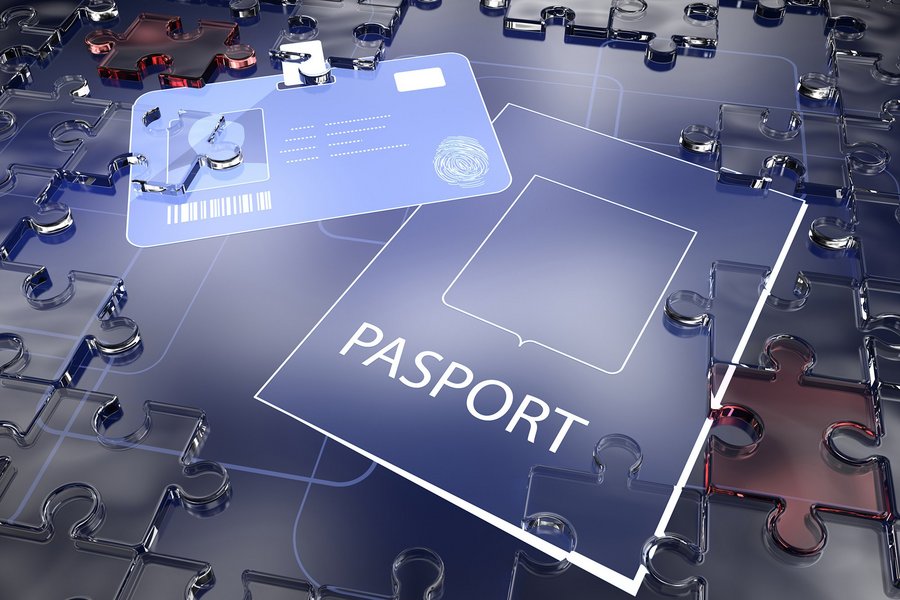Returning from a trip to Spain in 2019, newly retired Emilia Varona discovered that in her absence she had become the new owner of a Lexus sports car and owed the bank $48,000. According to her bank, Ms. Varona had also bought a BMW and a Maserati, totaling over $200,000. It took months to clear the debts, during which time a police investigation found that another woman had bought the cars from local car dealers, using a fake driver’s license with Emilia Varona’s personal details and a photo of someone else.1
Emilia Varona is just one of millions of people around the world who fall victim every year to identity crime for commercial reasons. Economic damage is widespread, with people using fictive personalities to steal money from personal bank accounts, take out loans, and make money transfers. Nowadays, identity thefts are increasing as counterfeiters are easily able to fake weak documents. It’s just a question of how much you’re willing to pay.



